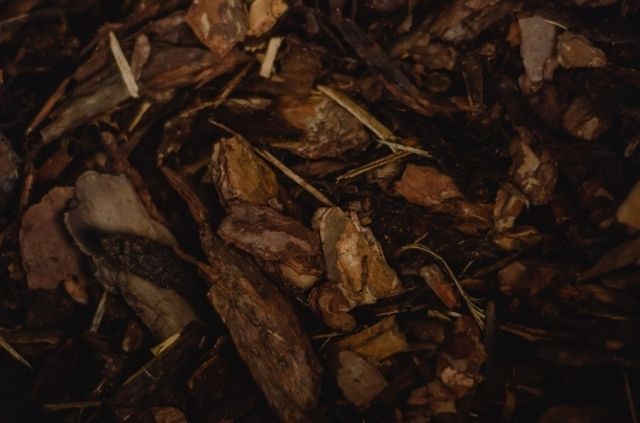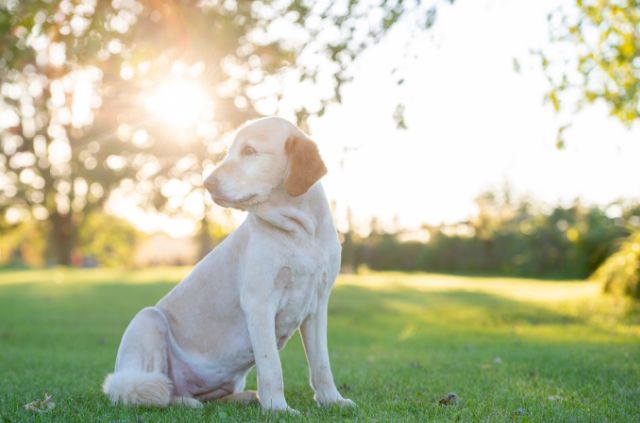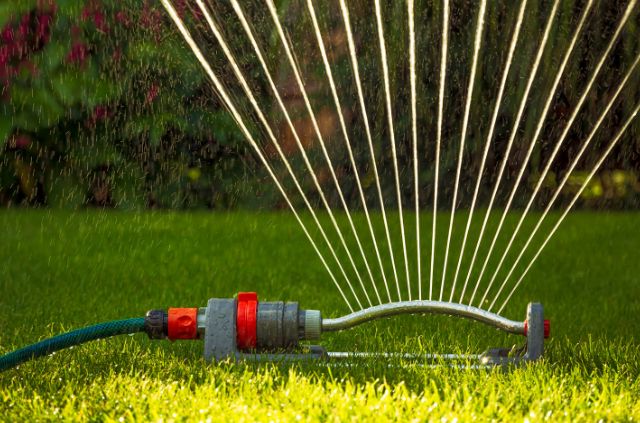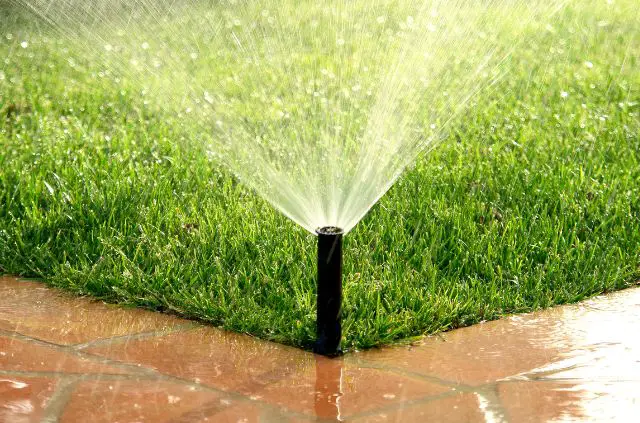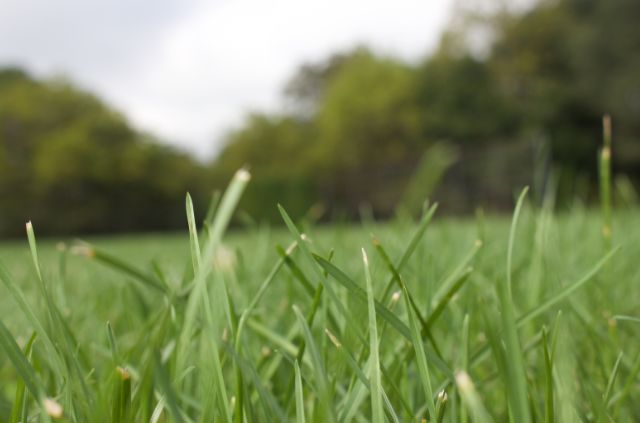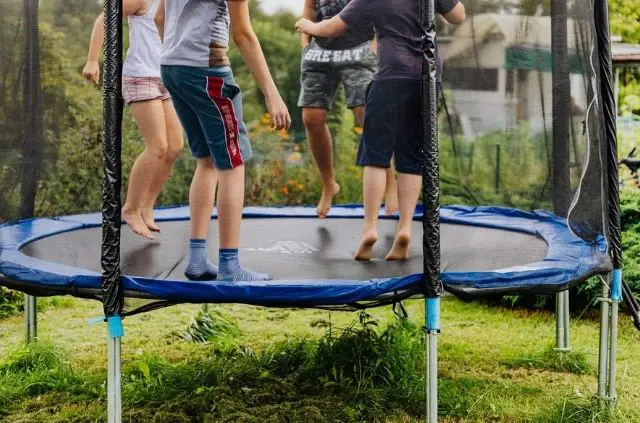Does Grass Seed Need to be Covered?
Planting new grass seed seems like an easy thing to do, that is, until nothing grows. Should I have used topsoil and fertilizer? Does grass seed need to be covered? By the end of this article, you’ll know all of the answers to these lawn care questions.
The Quick Answer:
Grass seed should be covered on fresh soil and ares of the yard with large bare patches. Covering will help the seed retain moisture, aide in seed to soil contact, and protect it from the elements of nature.
Will Grass Seed Grow if Not Covered?
Yes, grass seed can grow if not covered. But the answer is more complicated. Without a layer of protection, new grass seed will not grow evenly. The seed can blow off from strong winds, or wash away after a heavy rain.
More importantly, grass seed will not grow if there is no seed to soil contact. Just like planting vegetables, the seeds need to sit slightly below the soil surface. Let’s break down what factors impact the growth process.
Why Grass Seed Should be Covered
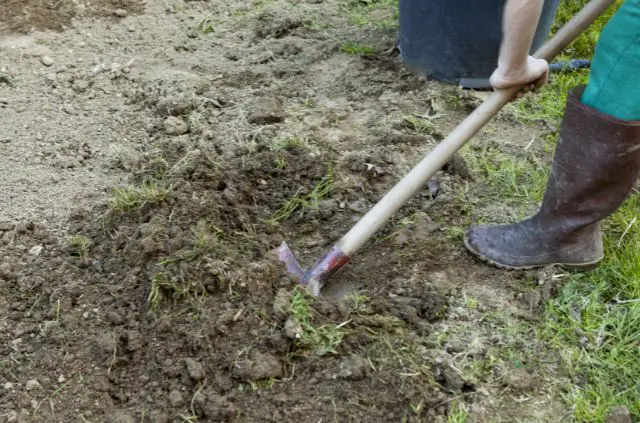
Moisture Retention
It’s critical for grass seed to get enough water to start the germination process. Using peat moss, straw, compost, plastic, or something else helps trap water between soil and the covering.
This layer of water helps the seeds retain moisture during the beginning stages. It’s also an easy way to promote growth when you’re not watering everyday. It forces the moisture down into the soil and starts new growth of grass.
Seed to Soil Contact
Without proper coverings, there also won’t be sufficient seed to soil contact. It’s essential for new grass seed to sit directly below the soil. Planting seed about .25″ under the surface is the best depth.
The seed can even blow or wash away in extreme weather conditions. Coverings come in all different material types. And they are all designed to apply light amounts of pressure so the seed makes contact with the soil.
Seed Protection
Lastly, using coverings will protect the grass seed from animals and the harsh elements of nature. Having the seed sit directly on top of the soil is like inviting all of the animals in your neighborhood over for dinner.
Birds and squirrels will find the seed and eat it right up. This is bad news for you, because the only solution is to reseed your lawn. Without a proper covering, you will have to start all over again and do more work.
What to Cover Grass Seed With
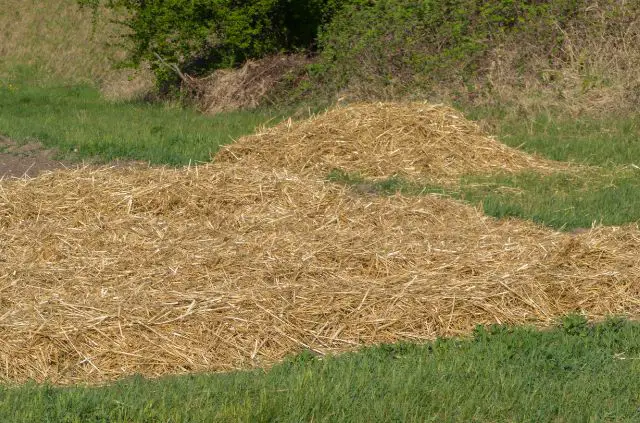
1. Peat Moss
If you’re looking for an organic material to protect new grass seed, peat moss is the answer. This substance is made mostly out of moss (hence the name) and it will decompose over time.
Peat moss is inexpensive, provides plenty of coverage, and is light enough so it won’t choke the soil. The one downside to peat moss is that it’s very light and can wash away in heavy amounts of rain.
2. Straw
Straw tends to be one of the more popular materials for covering grass seed. It doesn’t cost much and a little goes a long way. Plus, it will protect the grass seed from washing away in the rain, as well as animals.
Using oat, wheat, and barley straw are all good options. Just remember that straw can retain water and get heavy. In other words, you will only need a thin layer or the straw will end up choking out the soil.
3. Plastic
Another way you can protect grass seed is to cover it with plastic. This method is commonly refereed to as soil solarization – which is a process that utilizes plastic coverings to sterilize weed and grass seeds.
Make sure to only use plastic that is completely transparent. If not, the seed will be blocked from sunlight and grass will not grow. It’s also important to remove the plastic once germination begins and you see new grass.
4. Seed Starter
Seed starters can also be used to enhance grass germination. They usually come in blankets or mats, because this makes it easy to roll out over the surface of your newly planted grass seed.
Seed starters also help to prevent runoff from heavy amounts of rainfall. And if you’re laying down new grass on a slope, the unique design helps keep seeds in place. Like other coverings on this list, they can also offer protection from wildlife.
5. Compost
Composting utilizes food scraps, leaves, dead grass, and other organic matter into fertilizer. It not only helps the environment, but it’s also safe for your lawn. There are many things you can use as compost to cover grass seed.
One of the best ways to use compost is for overseeding. You can mow the lawn short, before following up with aerating. Then spread your compost evenly over the surface of your yard and rake in the grass seed.
Can I Cover Grass Seed with Grass Clippings?
You can try using grass clippings as a budget friendly way to cover grass seed. The one downside to this approach is that it take more work. You will need to bag clippings after mowing and let them dry beforehand.
Allowing the clippings to dry is the most important thing – so make sure not to skip this step. Wet grass absorbs moisture and will be too heavy for new seed. As a result, it will choke the soil and prevent new grass from growing.
It’s also important to remove all of the clippings when you’re done. Dead grass will sink down into the soil and create thatch. Dethatching (or removing thatch) is crucial for a healthy lawn and must be done once a year.
Conclusion
There are a handful of routes you can take for covering grass seed. Just make sure you know what you’re doing beforehand, as most of these methods require some follow up work.
The most important step is removing the covering when the germination process beings. You don’t want to keep young grass roots covered, because it can choke out the soil.
Search Terms
- Does grass seed need to be covered?
- Will grass seed grow if not covered?
- What to cover grass seed with

